Decorating small spaces in a room can become a delightful venture and one of the easiest ways to introduce a pleasant and functional interior design feature into an otherwise neglected space. Wall recesses, blind corners, nooks, under staircases, dead-ends, and niches are examples of dead space that can become a designer’s delight. Many homes have these pockets of space. While some are pre-determined interior design features, others came about because of construction flaws.
There are so many possibilities and design ideas for decorating small spaces. With creative flair, an eye for detail, and a sense of proportion, you can develop something simple or grand from small spaces.
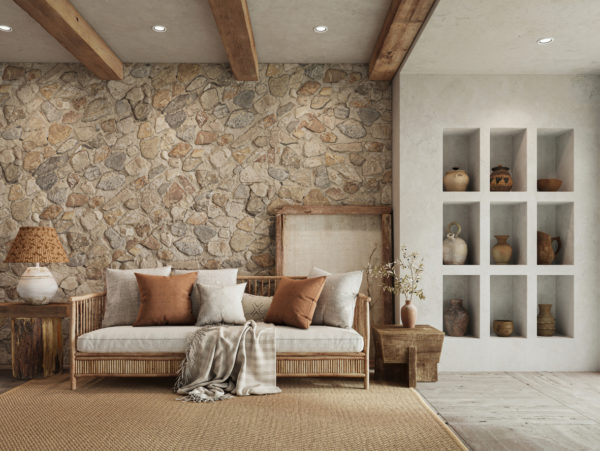
Alcoves
An alcove or nook is a partially enclosed section of an interior space. It is cave-like in appearance and is separated from the room space by walls or arches, like a cut-in space without a door.
Alcoves were known features in period homes formed from chimney breasts that protruded in the centre of a room, forming double recesses on both sides of the fireplace. They served as built-in shelving for books, décor items, and other display items in the living room. And in the bedrooms, they served as wardrobe space. Today, alcove designs have anything from small tucked-away kitchenettes to art galleries, built-in bathroom stash cabinets, and stand-alone display units. And alcoves formed under the staircase, in lofts, dead corners, and similar odd spaces can serve functional purposes like storage solutions, work-at-home stations, private seating areas, built-in closets, personal reading/library, or craft-making areas.
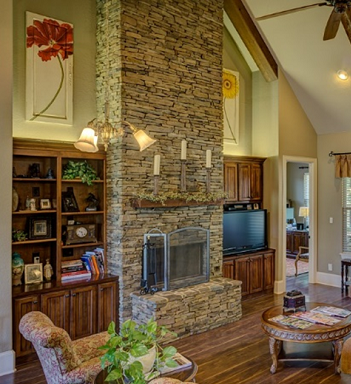
Niches
A niche is like cubby holes, but their sizes and shapes can vary from very small to large sizes with regular or odd shapes. They are great ways to create more space for décor display objects like sculptures, figurines, vases, and collectables or serve as spaces to stash anything from napkin holders and spices to books, tableware, or odds-and-ends.
Wall niches can be created easily by building recesses into an existing wall or as ready-made wooden boxes installed in holes punched into dry walls. They are wall enhancements and may appear like a gallery of symmetrical or asymmetrical cubby holes.
Decorating small spaces like niches demands creativity and careful planning, whether you intend to carve them out during renovations or embarking on new constructions. They are in modern high-end homes as pre-fashioned insets with an arch or straight top ends. Many come styled after the Greco-Roman design with classical sculpting within the sides.
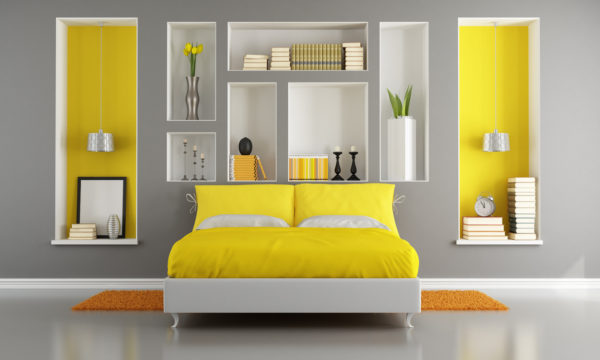
Wall Recesses and Awkward Corners
There are always several tight corners, wall recesses, dead-ends, and other general spaces around the home, what designers call wasted space. Decorating these small spaces can be overlooked at times. Why? Because many household occupants hardly ever notice them.
Don’t let any extra space like these go to waste. Maximize every square foot (or metre). These spaces can serve as functional features around the home. For instance, narrow floor-to-ceiling wall shelves will fit into any little corner and are an excellent way to store bathroom essentials. And in the bedroom, you can make a dead-end space functional by installing hanging hooks.
So, whether you live in a studio apartment or three-bedroom home, creative interior design and decorating ideas will help you make the best use of every small space, corner, or dead-end in your home.
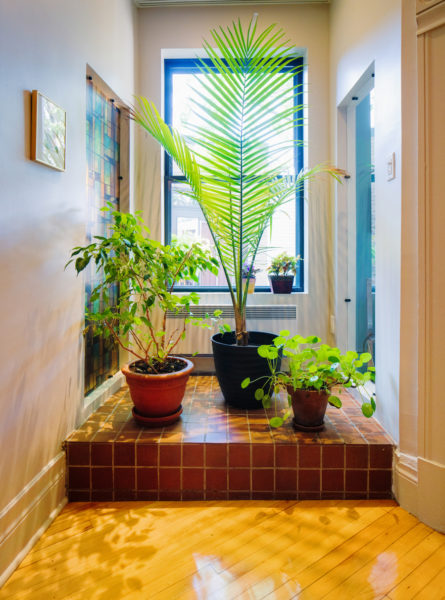
16 Small Space Decorating Tips
Positions and sizes of what requires decorating will differ from home to home. But whatever the form or configuration may be, decorating these empty/dead-end/cubby-hole/wasted spaces should add function and aesthetics to the room.
To spark your creative juices, open your imagination, and inspire you, below are a few guiding tips to make you do something about that unused space in your home.

- Install a custom-built unit for added storage space in nooks.
- Add a stool (or nesting stools), flowers (fresh or faux) in a vase, and woven baskets (fill with whatever you wish and place strategically).
- Hang a round or oval-shaped vintage mirror on a dead-end wall. Add dried plants in large urns (vases) to soften the space.
- Transform the end of a windowed corridor by introducing a custom-built window seat (or bench) with vibrant colored cushions. Ideal for dead-ends.
- Think vertically. Exploit the often unused space between the top of furniture and the ceiling. Use hanging or high-mounted elements.
- Create a gallery wall with plaques or framed pictures of varying sizes and shapes. Both symmetrical and asymmetrical arrangements work well. Extend the gallery wall into a corner to help the lines of your space disappear.
- Add a floating desk to free floor space. Additional shelves above the desk will be display surfaces for books or ornaments.
- Hanging plants takes the eyes up. Add corner shelves for potted plants display, like cacti or other tiny colourful plants.
- Add groups of varying heights of vases or urns and if it is a small space, add a tall urn and hang a framed painting above it. Place them on a small round rug.
- Depending on the floor space available, put a chair in the corner and place a floor lamp next to it. Make it a reading corner.
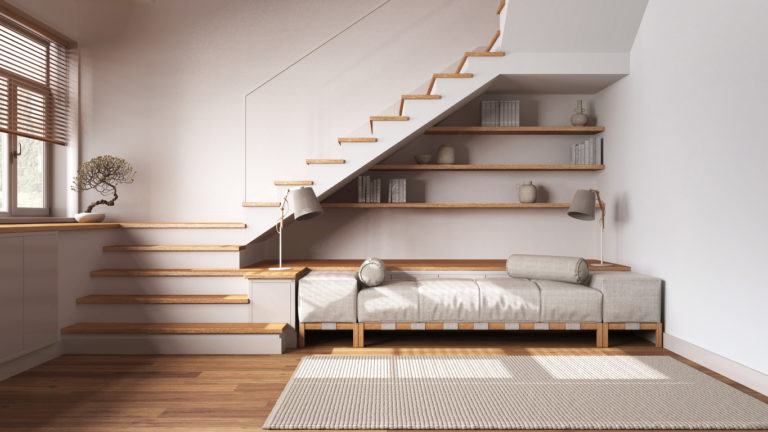
- If it is in the hallway, you can install hooks to hang a bicycle on the wall.
- Tiled mirrors do wonders in tricking the eye to see a seemingly enlarged space, so utilise mirrors if you can. Use bronze or antiqued mirrors for a dramatic look.
- Create a floor-to-ceiling library of books. Use floating shelves for a lighter feel.
- Install a couple of floating shelves to hold bowls of potpourri, a tabletop waterfall feature, or bowls with scented candles floating on water.
- Turn the under-staircase alcove to a work-from-home office.
- Make it simple by placing a round table in a corner with an eclectic table lamp and decor objects set on it.
If you have a feel for design, you will agree that decorating small spaces should not be a challenge. The great thing is that decorating unused spaces in the home can be done by most homemakers with eyes for the good stuff. There will be no need to request the services of expensive professionals.
Images used under license from: